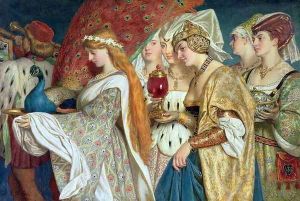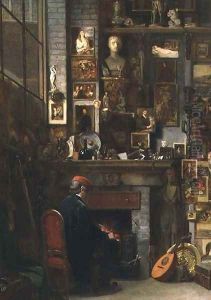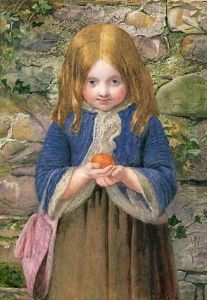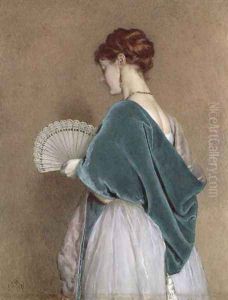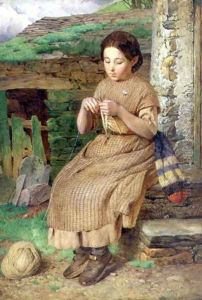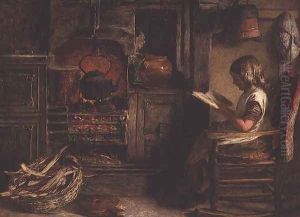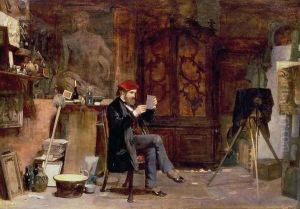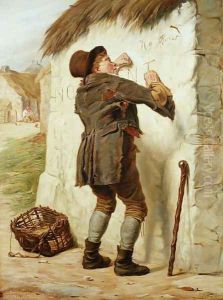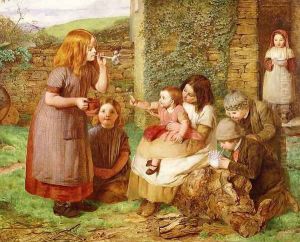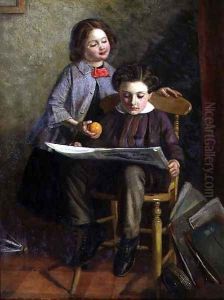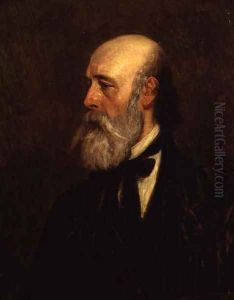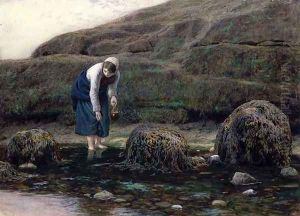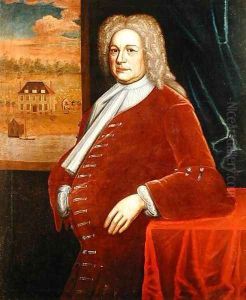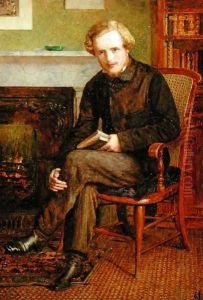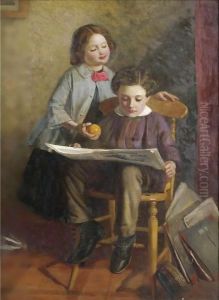James Dawson Watson Paintings
James Dawson Watson was a British artist, born in 1832 in Sedbergh, Yorkshire. His contributions to the Victorian art scene were notable, especially in the realms of illustration and watercolor painting. Watson's artistic journey began at an early age, showing a profound interest and talent in drawing and painting. He pursued his education in art at the Royal Academy Schools, where he honed his skills and developed a distinctive style that would later become recognized in various circles of the British art world.
Throughout his career, Watson became well known for his illustrations, contributing to popular periodicals of the time, such as 'The Illustrated London News' and 'Good Words'. His work in these publications helped to popularize the art of illustration, making it an integral part of Victorian culture. Watson's illustrations often depicted scenes of everyday life, historical events, and literary subjects, showcasing his versatility and keen eye for detail.
In addition to his illustrative work, Watson was also an accomplished watercolorist. He exhibited his paintings at various prestigious institutions, including the Royal Academy of Arts, the Royal Watercolour Society, and the British Institution. His watercolors were praised for their delicate handling, subtle color palette, and the ability to capture the transient effects of light and atmosphere.
Despite his success, Watson's life was not without struggle. Like many artists of his time, he faced financial difficulties and the challenges of maintaining artistic integrity in a rapidly changing world. Nevertheless, he continued to work tirelessly, contributing significantly to the art and culture of his era.
James Dawson Watson passed away in 1892, leaving behind a legacy of artistic achievement that continues to be appreciated by art historians and enthusiasts alike. His work remains a testament to the vibrancy and diversity of Victorian art, reflecting the complexities and beauty of the world he observed.
